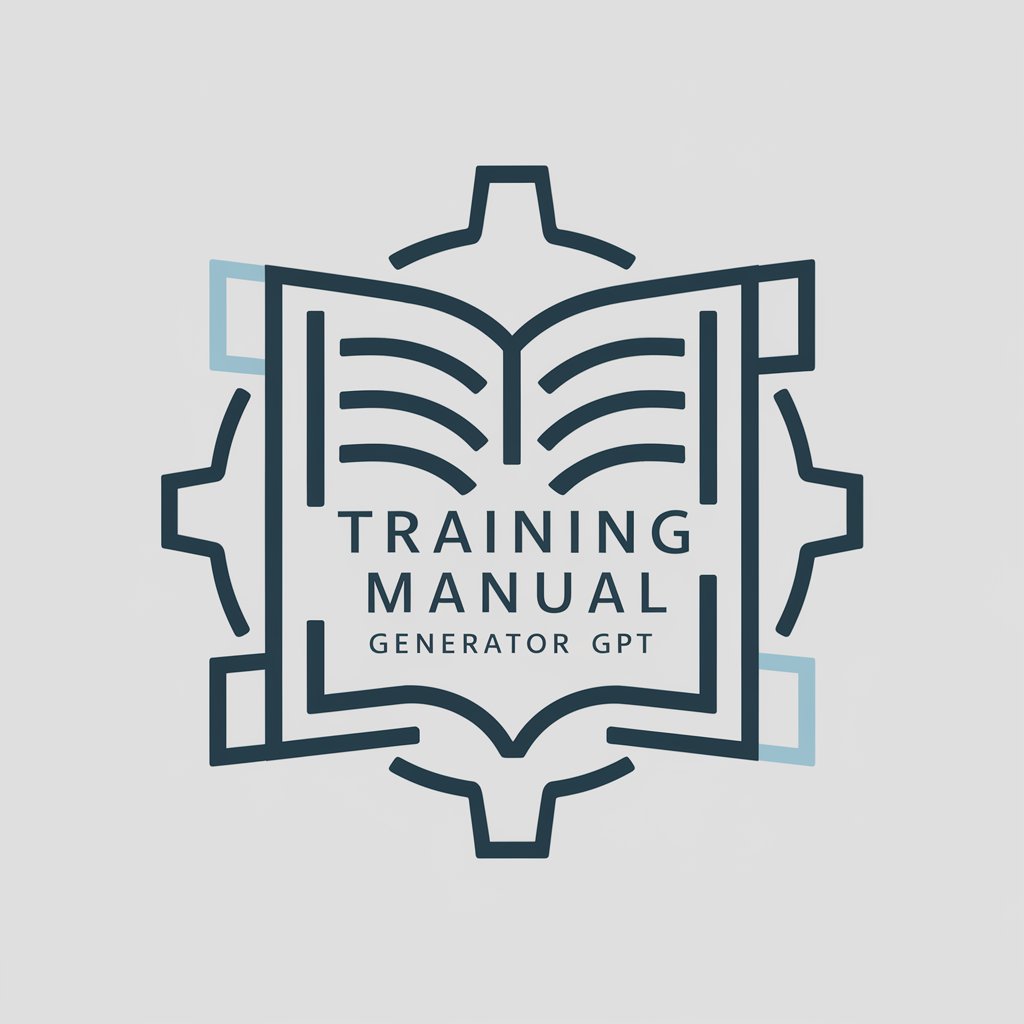AI in Education - AI-driven educational support

Hello! Ready to tailor your teaching to each student's needs today?
Empowering education with AI
How can I personalize learning for a student struggling with math?
Can you grade these essays and provide feedback?
I need creative ideas for a science lesson plan.
How can I make my lessons more accessible to all students?
Get Embed Code
AI in Education: An Overview
AI in Education refers to the integration of artificial intelligence technologies to facilitate and enhance learning experiences. Designed to adapt to the individual needs of students, it encompasses a wide range of functions from personalized learning paths, instant feedback on assignments, to automating administrative tasks for educators. For instance, an AI-powered system might analyze a student's learning habits and performance to tailor educational content, making recommendations for study topics that address the student's specific weaknesses. Another example is the use of natural language processing (NLP) to provide real-time feedback on student essays, highlighting areas for improvement and suggesting resources for further learning. Powered by ChatGPT-4o。

Key Functions of AI in Education
Personalized Learning
Example
An AI system assesses a student's proficiency in mathematics and identifies areas of struggle, such as fractions. It then customizes the student's learning journey, offering exercises focused on fractions at varying levels of difficulty.
Scenario
In a classroom setting, a teacher uses an AI tool to create individualized learning plans for each student, ensuring that all students, regardless of their starting point, can achieve mastery at their own pace.
Instant Feedback and Grading
Example
An AI-powered platform automatically grades a set of multiple-choice questions and provides instant, detailed feedback on essay questions by analyzing grammar, structure, and content relevance.
Scenario
During an assessment, students receive immediate scores and constructive feedback on their submissions, allowing them to understand their mistakes and learn from them in real-time, rather than waiting days or weeks for manual grading.
Engagement and Motivation
Example
An AI application uses gamification elements like points, badges, and leaderboards to encourage student participation and engagement in learning activities.
Scenario
In a gamified learning platform, students are motivated to complete tasks and challenges, receiving immediate rewards for their accomplishments, which boosts their engagement and interest in the subject matter.
Accessibility Support
Example
Using speech-to-text and text-to-speech technologies, an AI tool helps students with dyslexia or visual impairments to access written materials and participate in activities.
Scenario
A student with visual impairments uses an AI-powered app to convert textbook content into audio, allowing them to listen to the material and engage with the curriculum effectively.
Administrative Automation
Example
AI systems automate attendance tracking, grade recording, and scheduling tasks, significantly reducing the administrative workload on teachers.
Scenario
A school implements an AI-based administrative system that automatically updates student records, freeing up teachers' time to focus more on instruction and less on paperwork.
Target Users of AI in Education
Teachers and Educators
Educators benefit from AI by gaining access to tools that automate grading, provide insights into student performance, and support personalized learning plans. This allows them to allocate more time to direct student interaction, curriculum development, and professional growth.
Students
Students of all ages and learning abilities are central users, as AI technologies offer personalized learning experiences, instant feedback, and engaging educational content. This tailored approach helps meet their unique learning needs, ensuring no student is left behind.
School Administrators
Administrators use AI for efficient management of school operations, from scheduling to tracking student progress and performance analytics. AI-driven insights can inform decision-making processes, improving educational outcomes and operational efficiency.
Educational Content Creators
Content creators leverage AI to develop adaptive learning materials and assessments. AI can help in analyzing learning outcomes to refine content, making it more effective and engaging for diverse learner populations.

Guidelines for Using AI in Education
Start Your Journey
Begin by visiting a platform offering AI education tools for a free trial, enabling exploration without the necessity for immediate registration or a premium subscription.
Identify Your Needs
Determine the specific educational challenges you wish to address with AI, whether it's personalized learning, grading, or curriculum development.
Customize Your Experience
Leverage AI tools to tailor educational content and assessments to each student's learning pace, style, and proficiency level.
Engage with the Platform
Actively use the AI's feedback and analytics to understand student performance and adjust teaching strategies accordingly.
Reflect and Iterate
Regularly review the effectiveness of AI integration in your educational process and make necessary adjustments to optimize learning outcomes.
Try other advanced and practical GPTs
GiftWizard™ Research
AI-powered Gift Planning Simplified

Training Manual Generator GPT
Empowering Businesses with AI-Driven Training Solutions

Philosophy Sage
Empowering Minds with AI-Enabled Philosophy

السيارات الكهربائية
Powering Your Electric Car Journey with AI

Quiji Spirit
Bridging Realms, Enlightening Paths

Chef Planner
Craft Your Culinary Journey with AI

Smart Shopper Assistant
AI-powered Smart Shopping Companion

AI Calculator
Your AI-powered Mathematical Companion

CanvaAI
Unleash Creativity with AI

Immobilier fractionné en France
Democratizing Real Estate Investment with AI

RB|365Mentor
Empower Your Office 365 Journey with AI-Powered Mentorship

Influencer Insight
Empower Your Brand with AI-Driven Influencer Insights

Frequently Asked Questions about AI in Education
How can AI personalize learning for students?
AI analyzes individual student performance data to customize learning experiences, adjusting content difficulty, offering tailored resources, and setting personalized goals to meet each student's unique needs.
Can AI help with grading assignments?
Yes, AI can automate the grading process for various types of assignments, providing instant, consistent, and unbiased feedback to students, which allows educators to focus more on teaching and less on administrative tasks.
How does AI enhance student engagement?
AI tools employ interactive content, gamification, and adaptive learning paths to keep students engaged. Real-time feedback and personalized learning journeys also contribute to higher levels of motivation and interest.
In what ways can AI support teachers?
AI supports teachers by automating administrative tasks, offering insights into student performance, suggesting teaching strategies based on data analysis, and providing resources for personalized learning experiences.
Are there ethical considerations in using AI in education?
Yes, privacy, data security, and the risk of bias in AI algorithms are significant ethical considerations. Transparent use, securing student data, and regular auditing of AI systems are crucial to address these concerns.
